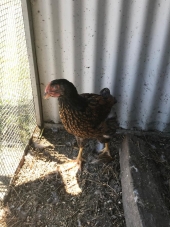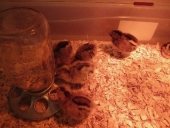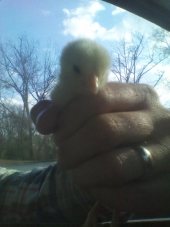
 6
6





 2
2




John Daley Bendigo, Australia The Enemy of progress is the hope of a perfect plan
Benefits of rainfall collection https://permies.com/t/88043/benefits-rainfall-collection
GOOD DEBT/ BAD DEBT https://permies.com/t/179218/mortgages-good-debt-bad-debt
 2
2





 1
1




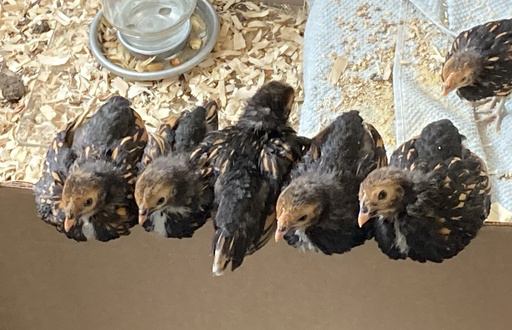
 2
2




"How fleeting are all human passions compared with the massive continuity of ducks.“ — Dorothy L. Sayers
 2
2




 4
4




 4
4




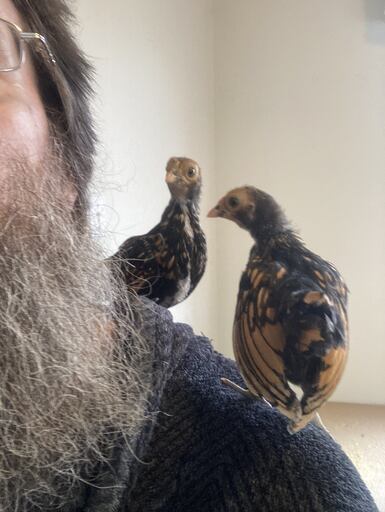
 4
4





 4
4




There is nothing so bad that politics cannot make it worse. - Thomas Sowell
Everything that is really great and inspiring is created by the individual who can labor in freedom. - Albert Einstein
 2
2




 3
3




Visit Redhawk's soil series: https://permies.com/wiki/redhawk-soil
How permies.com works: https://permies.com/wiki/34193/permies-works-links-threads
 3
3











 2
2




There is nothing so bad that politics cannot make it worse. - Thomas Sowell
Everything that is really great and inspiring is created by the individual who can labor in freedom. - Albert Einstein
 4
4




 1
1




 2
2




 3
3




Visit Redhawk's soil series: https://permies.com/wiki/redhawk-soil
How permies.com works: https://permies.com/wiki/34193/permies-works-links-threads
 2
2




 2
2




Visit Redhawk's soil series: https://permies.com/wiki/redhawk-soil
How permies.com works: https://permies.com/wiki/34193/permies-works-links-threads







 2
2




Simon Foreman wrote:Do you know if the nesting box should be raised? It seems like most of them are at least waist height.
There is nothing so bad that politics cannot make it worse. - Thomas Sowell
Everything that is really great and inspiring is created by the individual who can labor in freedom. - Albert Einstein
 1
1





 2
2




Exactly! So what does momma duck/chicken/goose do? She lays an egg. She covers it over if she's a duck/goose, and then she wanders off and has a good day. Next day, she does the same (unless she's a goose, in which case she skips a day). When she starts to get a collection, she often starts leaving feathers in the nest to protect the eggs.Simon Foreman wrote:My understanding is that the eggs will keep without dying if they're not sat on right away, so that the mom can collect a few and have them all hatch at about the same time, is that right? If I build an incubator and put eggs in it as they are laid won't we get a stream of chicks hatching one-by-one?
Visit Redhawk's soil series: https://permies.com/wiki/redhawk-soil
How permies.com works: https://permies.com/wiki/34193/permies-works-links-threads







 2
2




There is nothing so bad that politics cannot make it worse. - Thomas Sowell
Everything that is really great and inspiring is created by the individual who can labor in freedom. - Albert Einstein
 1
1




 2
2











 1
1




There is nothing so bad that politics cannot make it worse. - Thomas Sowell
Everything that is really great and inspiring is created by the individual who can labor in freedom. - Albert Einstein
 1
1






|
It's good to want things. Want away. Want this tiny ad.
The new gardening playing cards kickstarter is now live!
https://www.kickstarter.com/projects/paulwheaton/garden-cards
|
